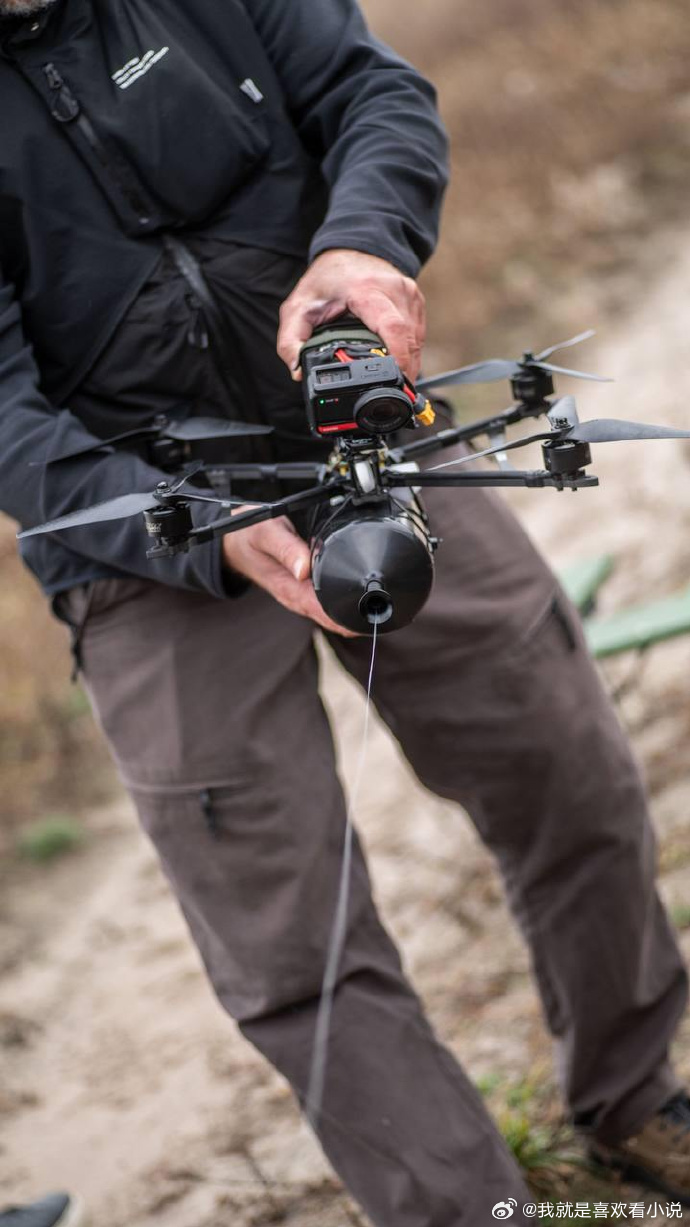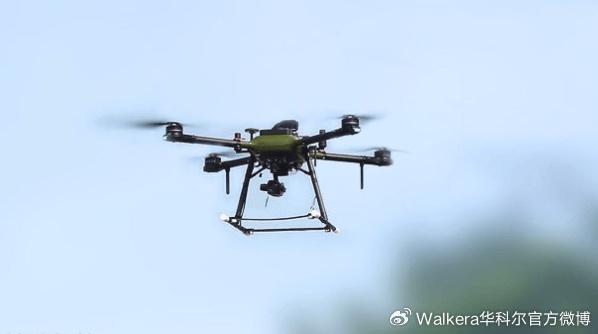The world of drones is a rapidly expanding industry, and obtaining a Part 107 drone license can unlock numerous opportunities for aspiring pilots. Part 107 certification allows for the commercial operation of drones, which is essential for anyone seeking to turn their passion into a profession. Here, we’ll dive into the essentials of acquiring this license and the expansive benefits it brings.
Understanding Part 107 Drone License
To legally operate drones for commercial purposes in the United States, a Part 107 drone license is mandatory. This certification is issued by the Federal Aviation Administration (FAA), which sets the regulations for small unmanned aircraft systems (sUAS).
The Path to Certification
Getting your Part 107 drone license involves several key steps:
- Eligibility: Applicants must be at least 16 years old and able to read, write, and understand English.
- Study and Prepare: The FAA offers a study guide, and various online courses are available to help aspirants prepare for the knowledge test. Topics include airspace classification, weather, regulations, and drone operation.
- Pass the Knowledge Test: The test consists of 60 multiple-choice questions, and a score of 70% or higher is required to pass. It’s crucial to thoroughly prepare, as questions cover a wide range of topics.
- Get Your License: Once the test is passed, you’ll need to complete an FAA form and undergo a TSA security screening. After these steps, you will receive your Remote Pilot Certificate.
Benefits of Holding a Part 107 Drone License
With a Part 107 license, a variety of new avenues open up for drone operators.
- Commercial Opportunities: From aerial photography, real estate, and agriculture to inspections, the license allows for monetizing drone services legally.
- Credibility and Compliance: Having the license boosts credibility, showing clients and employers that you are qualified and committed to compliance with federal regulations.
- Access to Restricted Airspace: License holders can apply for waivers to operate in controlled airspace, making them more versatile for various job requirements.

Challenges You Might Face
While the benefits are clear, potential licensees should also be aware of certain challenges:
Staying Updated: Keeping informed about the changing regulations is essential to retain your certification. The FAA frequently updates rules, and staying abreast is crucial for legal compliance.
Frequently Asked Questions

- How long is a Part 107 drone license valid?
- Your Part 107 certification is valid for two years. After that, you’ll need to pass a recurrent knowledge test to maintain your license.
- Do I need a Part 107 license for recreational flying?
- No, the Part 107 license is specifically for commercial operations. Recreational flyers follow different guidelines set by the FAA.
- Are there any restrictions on drone usage with a Part 107 license?
- Yes, there are still regulations regarding night flying, operating over people, and altitude limits, among others. Pilots must adhere to all FAA rules unless they have obtained specific waivers.

Acquiring a Part 107 drone license is a significant step towards establishing oneself in the commercial drone industry. With preparation and dedication, you can navigate the skies with confidence and competence.
